With most of the season’s testing done, it’s clear that the rapid spread of CWD continues
It may be caused by a mutated protein, but the spread of chronic wasting disease is on the verge of “going viral.” After it was first identified in 1967, the always-fatal deer disease remained isolated to a core region between Colorado and Wyoming for decades. But starting in the early 2000s, CWD began popping up across the country.
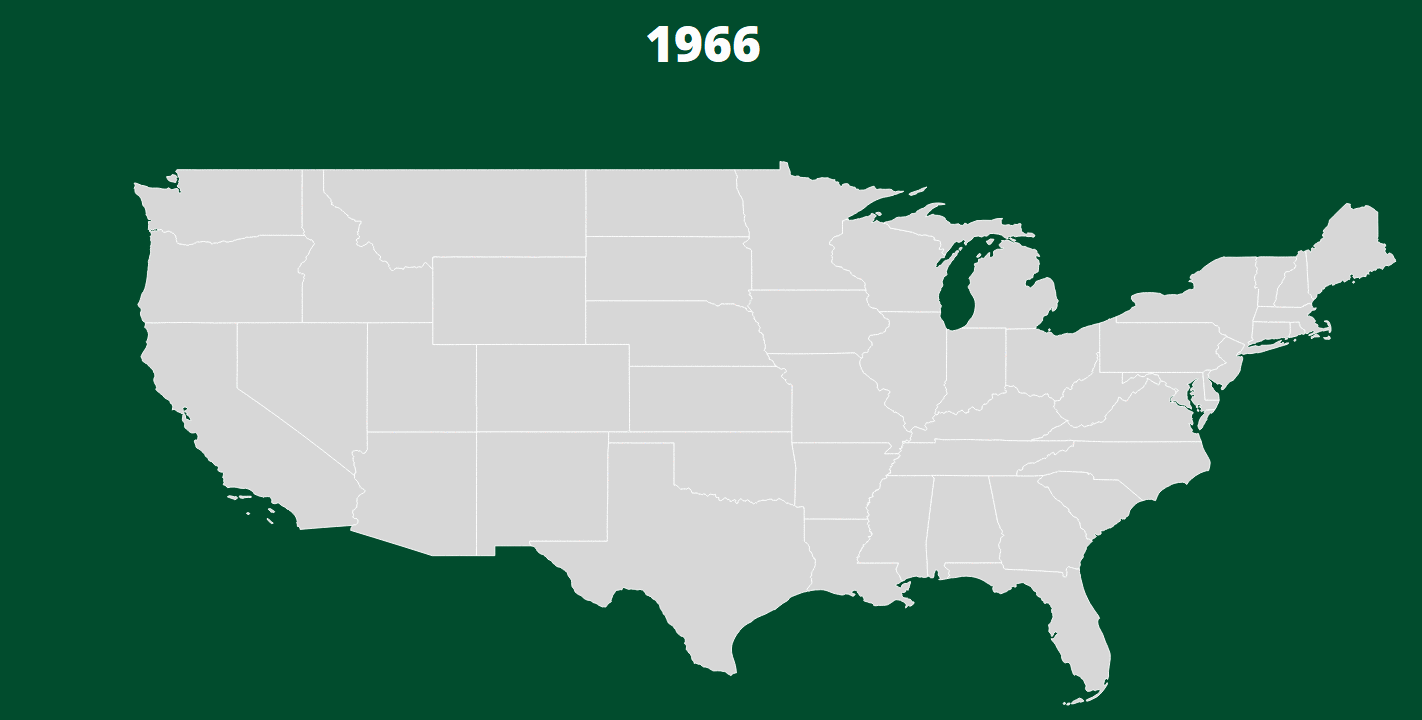
Now, it’s spreading faster than ever before. We counted 12 U.S. states that have made news since the end of the 2018 fall hunting season for either finding the disease in formerly CWD-free zones or for implementing new solutions to keep the epidemic out. And 25 states total have had confirmed cases—that’s nearly twice as many as ten years ago.
Fortunately, many hunters and wildlife managers are taking CWD challenges seriously, but states need support to tackle this disease without delay. Here are seven places where CWD is gaining ground.
Tennessee
CWD First Detected: December 2018
Recently Spread to: Fayette and Hardeman Counties
CWD has been found for the first time in the Volunteer State. The Tennessee Fish and Wildlife Commission is implementing an emergency action plan after at least 13 cases of chronic wasting disease were discovered in deer as of late December. A special hunting season in three high-risk counties, which border CWD-positive areas discovered recently in Mississippi, is ongoing through the end of January.
Mississippi
CWD First Detected: February 2018
Recently Spread to: Marshall and Pontotoc Counties
Previously confined to the west-central region of the state, CWD surfaced this year in two northern counties of Mississippi. The infected area covers a large portion of the Holly Springs National Forest.
Arkansas
CWD First Detected: Oct 2015
Recently Spread to: Scott County
CWD was first detected in Arkansas three years ago, and it seems that the disease continues to push south. It is likely only a matter of time until neighboring Louisiana is faced with CWD on both its northern border with Arkansas and eastern border with Mississippi.
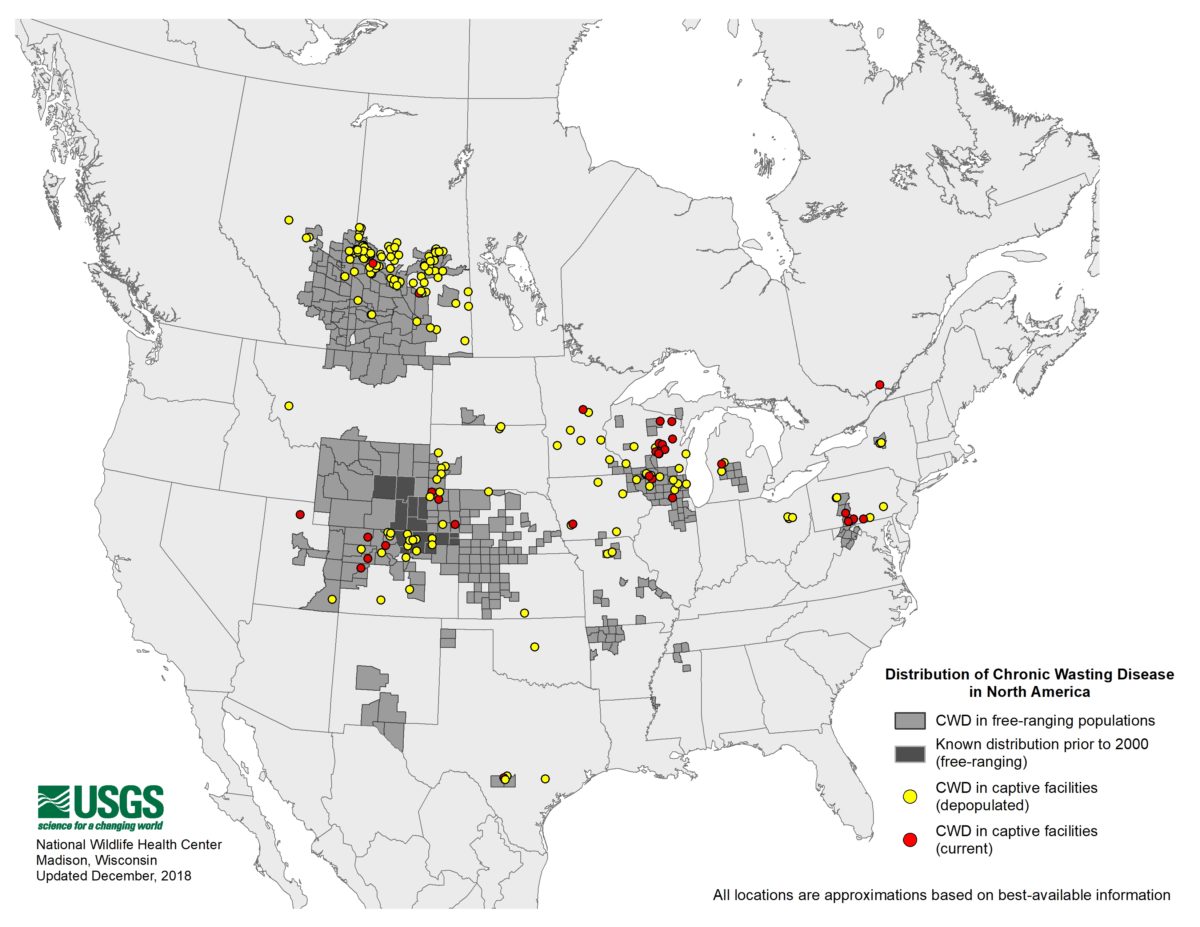
Missouri
CWD First Detected: Feb 2010
Recently Spread to: Stone County
A yearling buck harvested on opening weekend of firearm season tested positive for CWD in November 2018, marking fresh territory for the disease in the far southwest corner of Missouri. There were 11 confirmed cases this past hunting season, bringing the state’s all-time total up to 86 deer. Now that CWD is scattered throughout the state, wildlife managers face the especially difficult task of containing the spread.
North Dakota
CWD First Detected: Mar 2010
Recently Spread to: Unit 3A1
The Roughrider State saw CWD break new ground in a northwestern hunting unit, after having been confined to the opposite end of North Dakota for many years. Unfortunately, the expansion is not much of a surprise, according to experts. Neighboring Minnesota and Saskatchewan have CWD-positive zones that are too close for comfort. This will not be an isolated event.
Minnesota
CWD First Detected: Aug 2002
Recently Spread to: Houston County
Just one day after Minnesota announced it would step up its CWD response, a deer tested positive outside the known outbreak zone. The buck was harvested 31 miles from the epicenter of the state’s largest CWD zone (for wild deer) and 25 miles from the closest known CWD case.
Nebraska
First Detected: Jul 1999
Recently Spread to: Valley County and Keya Paha County
The Cornhusker State looks destined to join Wyoming as an area blanketed with CWD. Nebraska added multiple counties to the CWD-positive list this year—around half the state has confirmed cases of the disease.
Top photo by Ravi Pinisetti via Unsplash

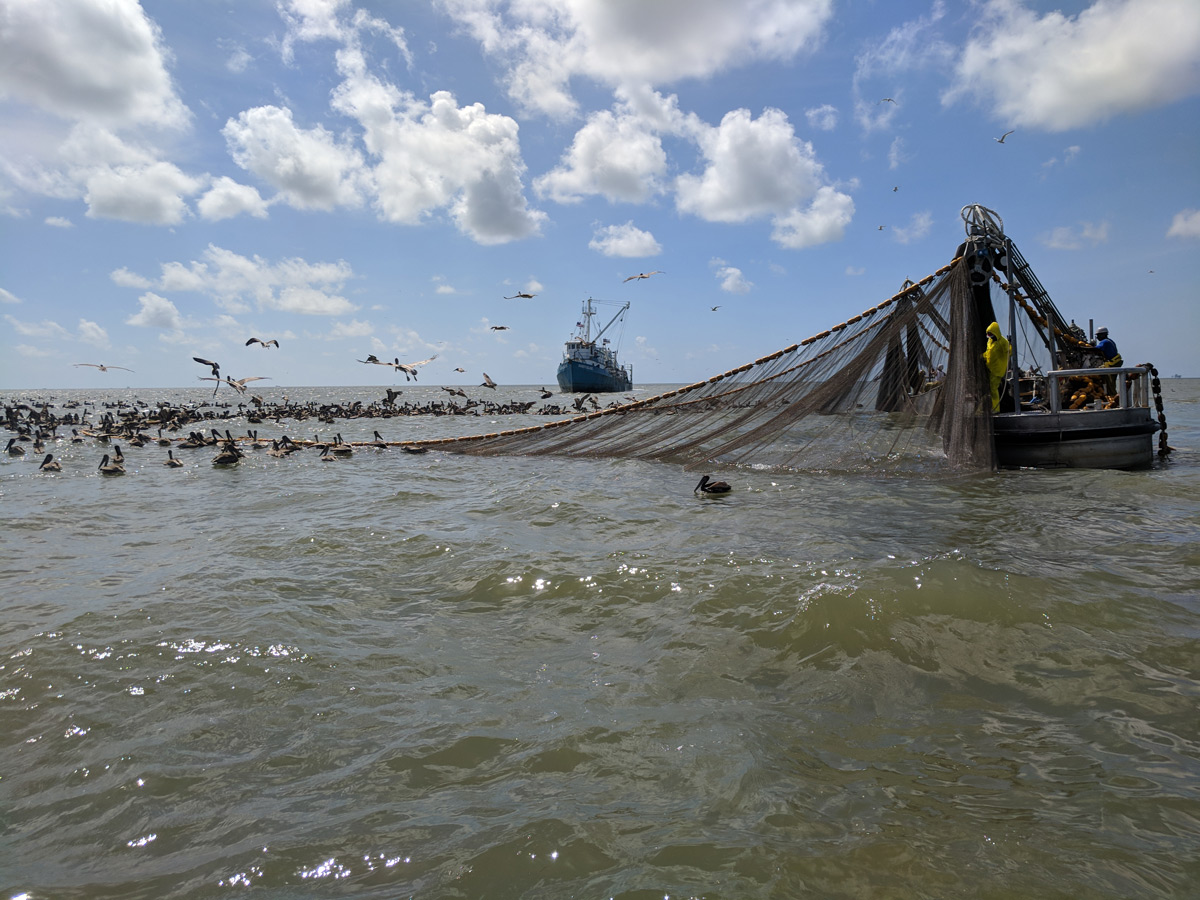
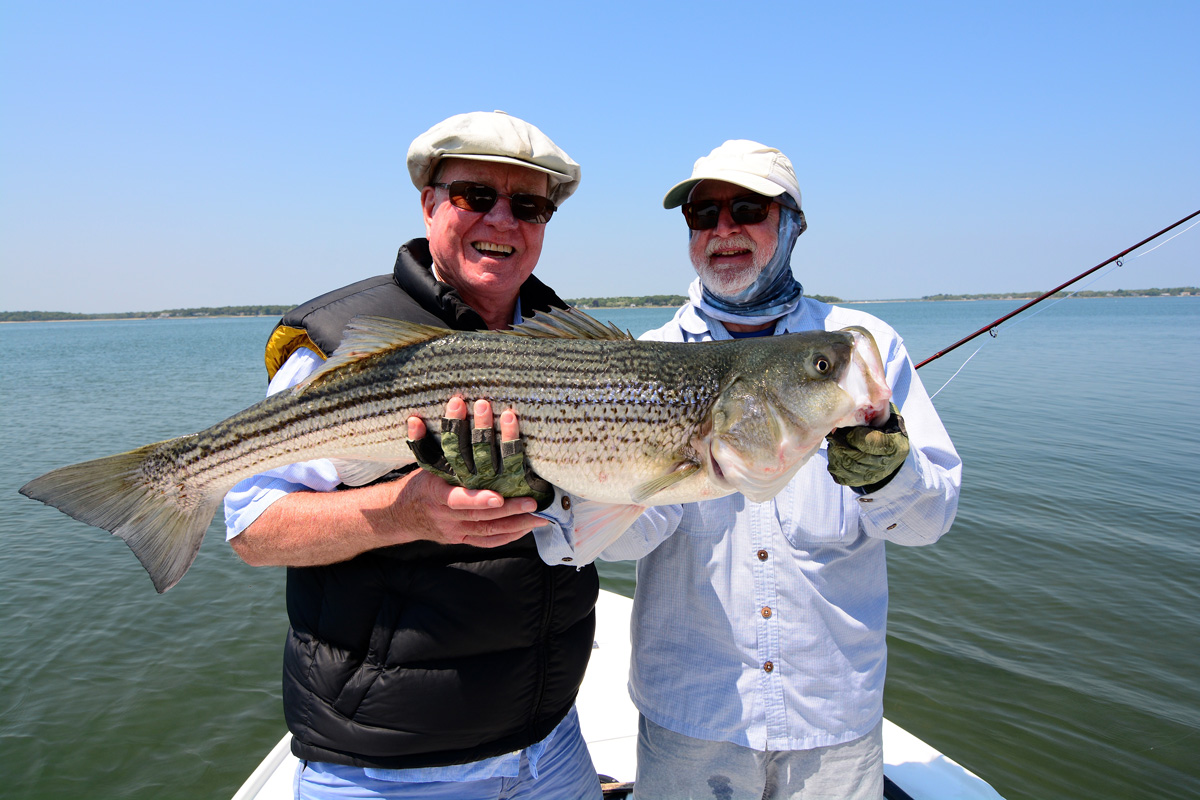
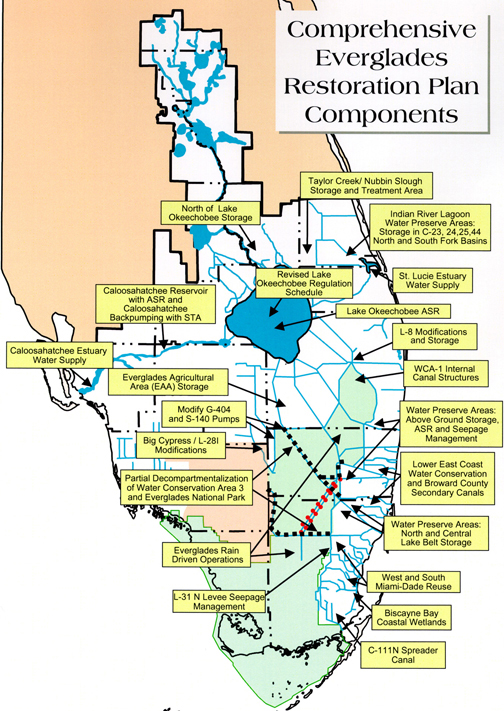




Despite the lies of deniers who “hunt” behind high fences, captive cervids are a huge factor in spreading CWD to wild herds. Past time to outlaw high fence “hunting ranches.”
If they’re behind high fences, how does it spread?
Studies have shown that captive deer and elk come in contact with curious wild populations through fences by rubbing noses with them thereby transmitting the disease.
Cwd has spread through out wisconsin, how it got here from the West? Most likely in the back of a livestock trailer! Deer farming has helped spread the disease, maybe these farms will help find a cure?
But, in the mean time, we must prohibit the transfer of cervids between states and farms!
Deer hunting may vanish in our lifetime! Such a shame!!
Even without that very good reason, the despicable, unsportsmanlike, cowardly practice of “captive hunting” and properties that facilitate it should be outlawed.
I agree with the elimination of high fence enclosures. Let the little boys who hunt there help solve the problem they have created.
I hunt in Georgia where hunting over bait is legal this year. We were aloud to bait before but not aloud to hunt over it.
Maybe a deer biologists can recommend an additive we can put in the feed to maybe help prevent it.
Thanks for your time
High fence hunting should be outlawed. It’s unethical and drives up cost of hunting.
It’s just “pecking at the surface” if resource agencies can’t enlist support from the entire deer stake holders. I worked on CWD for almost 20 years, and time derailes our efforts as patience runs out amongst landowners, and hunters. Unified and organized effort is our only hope. And, these so called “ leaders” in hunting industry have got to stop the denial regarding the potential ramifications associated with this disease! They’re livelihood is st stake.
The spread of CWD to more states was bound to happen since most states have NOT bothered to take it seriously by requiring mandatory testing. Some states just sit by and watch it spread and others have plans that include waiting and informing hunters before requiring testing. All this simply allows this horrible disease to spread. This result is NO surprise to state DNR. etc.
Where is the hundred of thousands of dollars going to come from for this mandatory testing?
This is bad. I didn’t know that CWD had spread this far. What can be done? Looking at the map it has not reached my home state NJ and I would like to keep it that way.
I’m sick of the blind eye tht alot of states and people are taking on cwd I feel like every deer shot in every state should get tested around any zone withing 50 miles of cwd we need to try stop the spread as much as we can
I agree completely with Mark S. It is past time to outlaw “high fence” hunting ranches!
Its spreading like a wildfire. TN where I live e had 0 until December of last year. The TWRA tested in various places the last few years and in December of 18 a couple test came back positive. Now there’s 91 as of a week and a half ago. TWRA has over 800 test that the results aren’t back yet. 0 – 91 in 6 weeks. I hate to think how many there really are. And deer farming is to blame. Not transporting dead deer. That’s been going on for at least 80 years or more. Ever since the automobile got popular. Soon as deer farms start popping up it has spread rapidly and it’s not done. The deer aren’t going to bounce back. They’re gonna be dead. EHD kills some and some survive it. None survive this. A midge fly causes EHD. They quit infecting deer the first freeze. CWD doesn’t die off ever. People can ignore it all they want. CWD doesn’t care a bit.
Ya. I don’t know what’s wrong with the public and believe this bullshit. Diseases have come thru about wipe the mule deer out just like the rabbits coyotes bobcats it’s a balance of nature and then it will come back in 3 or 4 years. When the rabbit population is down coyotes bobcats have just 2 pups or kits and when the rabbit population comes back they have 7 or 8 off spring. It’s the balance of nature. Folks the fish and game in Montana come in and try and wipe out the deer population to try and control the disease. That is a bunch of bullshit. Crowding 70 and have seen this before. People wake up !!!!
Any evidence to support your claims Buzz? How is a mutated prion similar to coyotes eating rabbits? I think it is you who needs to wake up. State agencies don’t benefit from this. Most state agencies make over 75% of revenue from big game license sales so why would they want to decrease hunting opportunities and quality? Also, don’t you think the money they spend on CWD management could be spent somewhere else…oh I don’t know like habitat management. I don’t buy the conspiracy theory that they are doing it for the money, in fact they spend a lot of money that would wisely be spent elsewhere.
I think the states that are still free of CWD need to clamp down on Hunters traveling into and out of states with CWD. If a hunter applies to a state for permits which has CWD then that state should notify the hunters home state of any kills made in that state so a follow up can be done after the hunter returns home to assure he or she follows all restrictions that apply. Failure to abide by these could result in fines, and loss of hunting privileges in their home state.
Sadly, here in Michigan I suspect that the new statewide feeding ban will only serve to concentrate more stressed deer into even denser contact sites of available winter feed.
It is time to restrict deer harvest to residents only with no deer leaving state borders. Quarantine animals to a state and be aggressively all year long culling the weak fear. How is the prion being transmitted. How did Europe handle mad cow disease
Hey Jerry, how do you get migrating and free roaming animals who don’t restrict themselves to state borders to remain in the state? Can’t be done. Don’t blame non-resident hunters. Europe handled mad cow disease by killing all herds where the disease showed up. But those herds are domesticated animals confined to areas with fences. Wild animals cannot be contained. Are you advocating wiping out entire populations of deer and elk in a given state?
Will the CWD hurt humans if we eat it?
As a hunter I realized a long time ago that many environmentalists and the hunting community have very much in common. If you take out the radicals on both ends they both want allot of the same things. This present problem is as far as I can tell man made from breeding deer etc or sheep on the public lands. The NRA instead of a gun safety organization have been totally taken over by fear mongering by the gun lobby and the radical enviros want no humans on public lands. We are fast approaching a tipping point for wildlife. The population of america has doubled in my lifetime and is estimated to double again in 40 years. Impacts on our beautiful wild lands are escalating at a furious rate. There will be a tipping point as there always is in nature. I want my grandson to enjoy some of the experiences that I did. Please vote like the the wild lands deserve it. My two cents. Thanks
Eliminate High Fence Hunting and Farming of all species of wildlife
Great article and visuals! I did some research a few years ago (2015) for grad school and it amazes me how much CWD has spread since then. I’m just not looking forward to the longevity of deer hunting if this spreads even further. I talked to some people who work in the morgue section of a local hospital and learned that prions are one of the only things that cannot be killed off with conventional methods, which really makes it challenging for public health and biologists to tackle this disease.
No matter what steps are taken,CWD is going too keep spreading. Killing off all the Deer in a specific area is useless. Face reality,its uncontrollable.
I believe that we are seeing a rapid expansion of cwd because we are doing extensive testing. The past 2 seasons in Mt. have cases of cwd where we looked,and I think it will show up over most of the state. Mt is being proactive in it’s efforts to curtail the spread, but all the states and provinces have to adopt a proactive approach. In the human population if an epidemic breaks out the CDC isolates the area and aggressively attacks the problem. With CWD in the cervid population we have to be very aggressive with special hunts, closing private clubs with the disease and making hunters aware and responsible for reporting.
People need to stop pointing fingers and start helping get ahead of the train that’s running wild. The fact is, it’s EVERYWHERE and, just like the map showing the spread of the disease, you will find it where you test for it. The State of Wisconsin is working hard at monitoring where it’s at (which is great) but without being able to stop it. The counties with the most are also where they test the most for it. The deer farms (which make up 1% of the nation’s deer population) test up to 100% and that’s how they are able to catch it in early stages even when being double fenced. The deer outside the fence are tested up to 10% when found. Obviously, all the strategies tried in the past decades are not working at stopping the spread of CWD at all. BUT to help ease the tensions that you may feel that hunting will go away, the deer industry has been putting great time and financial resources of their own into the science that strides to breed CWD out of cervids. According to the WI DNR online records, CWD hasn’t affected the deer population at all, actually it’s increased. WI DNR want hunters to debone in the woods, leaving spine and brain behind to “keep it from spreading.” That’s another uproar from the public. Let’s let science go around the CWD problems of spreading and BREED IT OUT of deer, with or without your help. It’s a lot like how they bred scrapie out of sheep. Science will put out the years of political fires if you let it so we can all continue as before.
TN has 91 positive CWD deer as of a week and a half ago. 800 plus test not heard the results back yet. I live in TN BTW and we had 0 the first of December of 2018 now at least 91 confirmed cases. CWD was in just a few states and only in a place or 2 in those states. It stayed that way for most of my hunting career too. And hunters have been transporting dead deer the whole time and no problems. Then about the time a 200″ buck became the norm for most outdoor shows CWD starting spreading at a rapid rate. I well remember when there was only a handful of 200″ gross typical’s killed each year. Now there’s dozens and dozens. Most all “pro” hunters have several. Funny how the very best hunters in the world that were writers for NAW. couldn’t kill a 200 inch buck anywhere. And they hunted the best places in the world. Except they wouldn’t hunt behind high fences unless it was a huge Texas ranch maybe. The spread of CWD coincided with the growth of the deer farming industry. The industry that sells huge bucks to lots of places. I don’t think it takes a genius to figure out what has happened. And it’s not the transportation of dead deer that’s done it in my opinion. There’s been nonresident hunters hauling dead deer across the USA ever since there’s been vehicles to do so. With no CWD deer. Now live deer are being sold like cattle and it’s spreading like a wild fire. And for every deer farm that test their herds and do it right, there’s lots that don’t . My state went from 0 to 91 in less than 2 months. And I doubt very many have been tested. 2000 plus and that’s in a state with close to a million. Maybe more. They only tested a small area far as I know. 3 counties are having a special season to collect more deer to test. I think the season ended today or this weekend. I don’t know much but I know this isn’t going to be good.
Take down all high fence, stop deer farming, stop bringing animals not native to the US over and let mother nature take its course. I’m a deer hunter and I believe people are the problem by the way they’re doing with wildlife. “Money”
All states must require processors to test for it or work in coordination with state biologist to test for it, to get a handle on the spread. Transporting deer across state lines should be prohibited. Deer urine, estrous scent, etc. needs to be banned. I know, there is no evidence that it spreads the disease, but drastic measures all across the board need to be taken. Yes, high fencing, which is anathema to the very idea of “hunting” should be eliminated. The NRA and many other outdoor organizations, including state agencies, need to pour in money to study and try and control the disease. Everything must be considered, otherwise the state of deer hunting, as we know it today, may very well be relegated to those who want to take chances on eating diseased meat. They say there is little evidence it can be transmitted to humans like mad cow disease, but a man in U.K. got mad cow disease and died from it from eating diseased meat, so I don’t trust anyone saying there is little chance of getting it trough eating.
High fence operations are the main cause of CWD. Anyone who disagrees has got his head in the sand. They raise these deer to be sold to other fenced operations so they in turn sell the animal to a supposed hunter to be shot. I said shot nothing to do with actual hunting, just killing. This is obviously a violation of one of the laws of nature, and we’ll pay for it down the road.